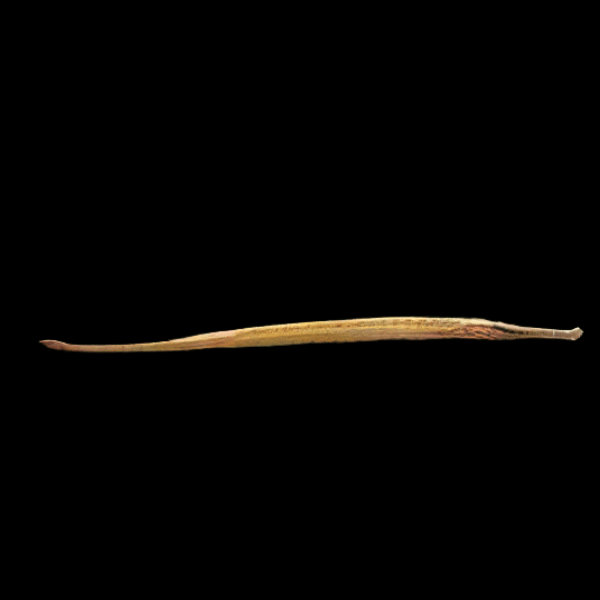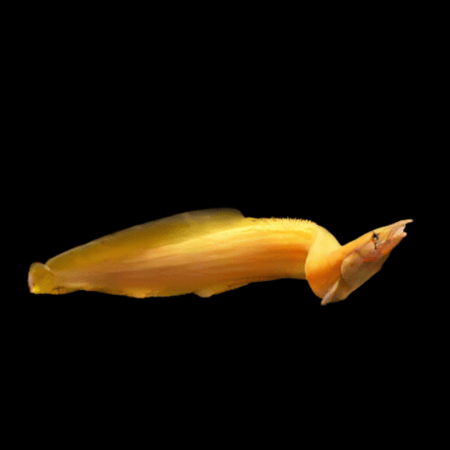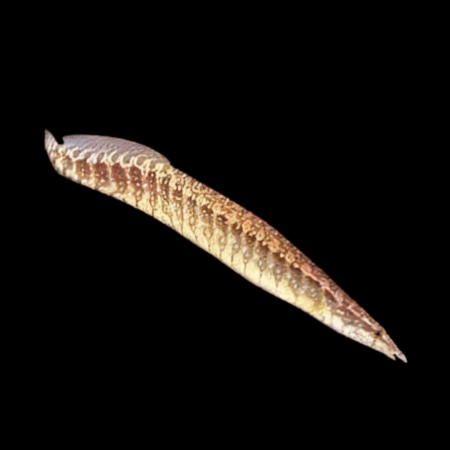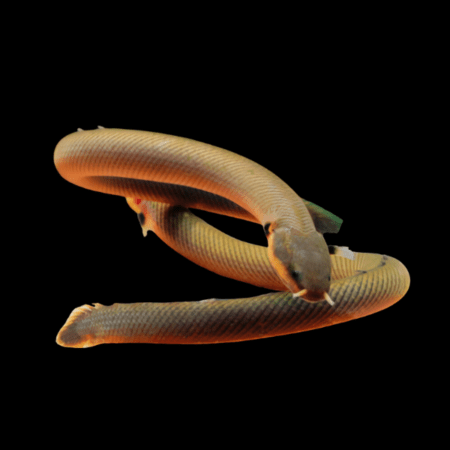Description
Longmouth Pipefish Doryichthys Heterosoma 8cm
Overview: The Longmouth Pipefish, with its slender body and elongated snout, presents a unique addition to the marine aquarium. These fascinating creatures reach up to 7 inches in length and display a range of colors from greenish to brownish, often with intricate patterns that help them blend into their surroundings. Known for their peaceful demeanor, they add an interesting dynamic to any tank.
Origin: Native to the shallow waters and coral reefs of the Indo-Pacific region, the Longmouth Pipefish thrives in environments rich in vegetation and hiding spots. Their natural habitat ranges from mangrove swamps to lagoons, where they can often be found hovering near structures.
Feeding: A specialized feeder, the Longmouth Pipefish requires a diet of small, live foods such as brine shrimp, copepods, and other tiny crustaceans. Their long, narrow mouths are adapted for sucking up prey, making them unsuitable for most prepared foods. Frequent feedings are necessary to keep them healthy and thriving.
Tank Mates: Ideal tank mates include small, peaceful fish and invertebrates that do not compete aggressively for food. Seahorses, small gobies, and shrimp can make compatible companions. It is crucial to avoid housing them with large or aggressive species that may stress or harm them.
Aggression: The Longmouth Pipefish is a model of tranquility, showing no aggression towards tank mates. Their gentle nature makes them vulnerable to bullying by more assertive fish, so careful selection of companions is essential.
Experience Level: Due to their specific dietary and environmental needs, the Longmouth Pipefish is best suited for the intermediate to advanced aquarist. Successful care requires dedication to maintaining optimal water conditions and providing a steady supply of live foods.
Water Parameters:
- Temperature: 72-78°F (22-26°C)
- pH: 8.1-8.4
- Salinity: 1.020-1.025 SG
- Ammonia/Nitrite: 0 ppm
- Nitrate: <20 ppm
Maintaining stable water parameters and a clean environment is crucial for the health of these delicate creatures. Regular water changes and a well-established filtration system are essential to mimic their natural habitat.




